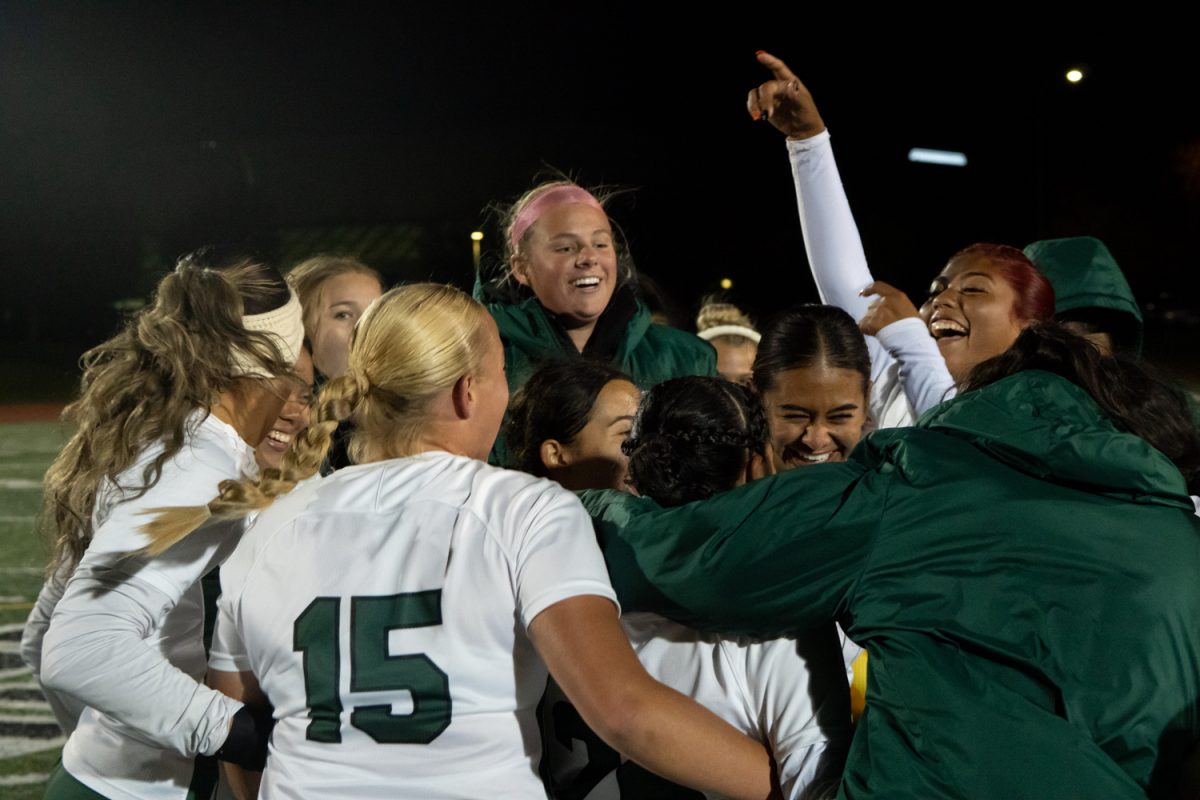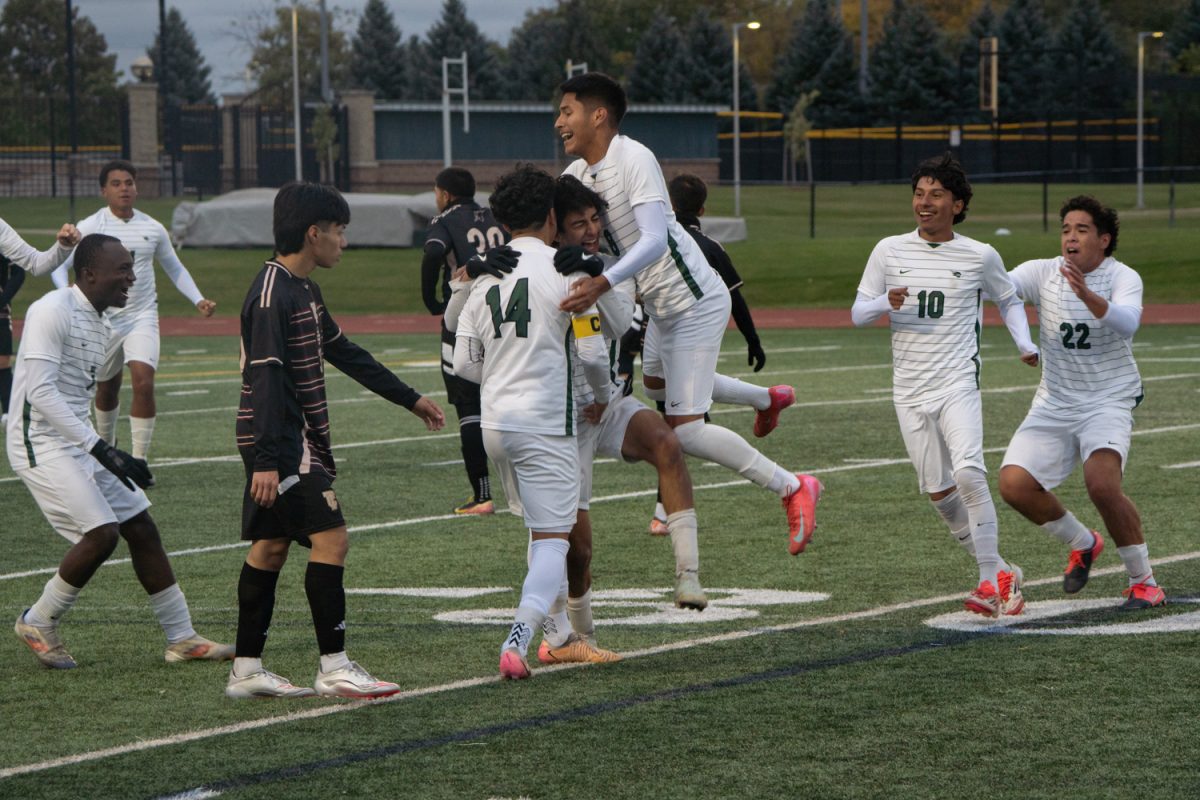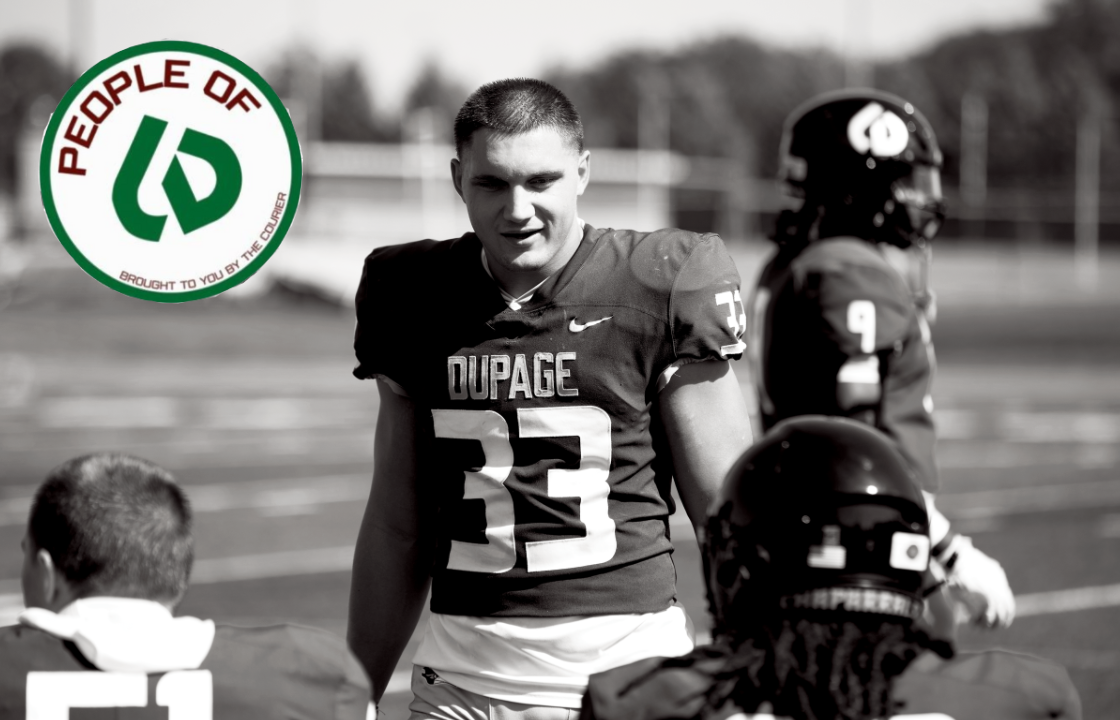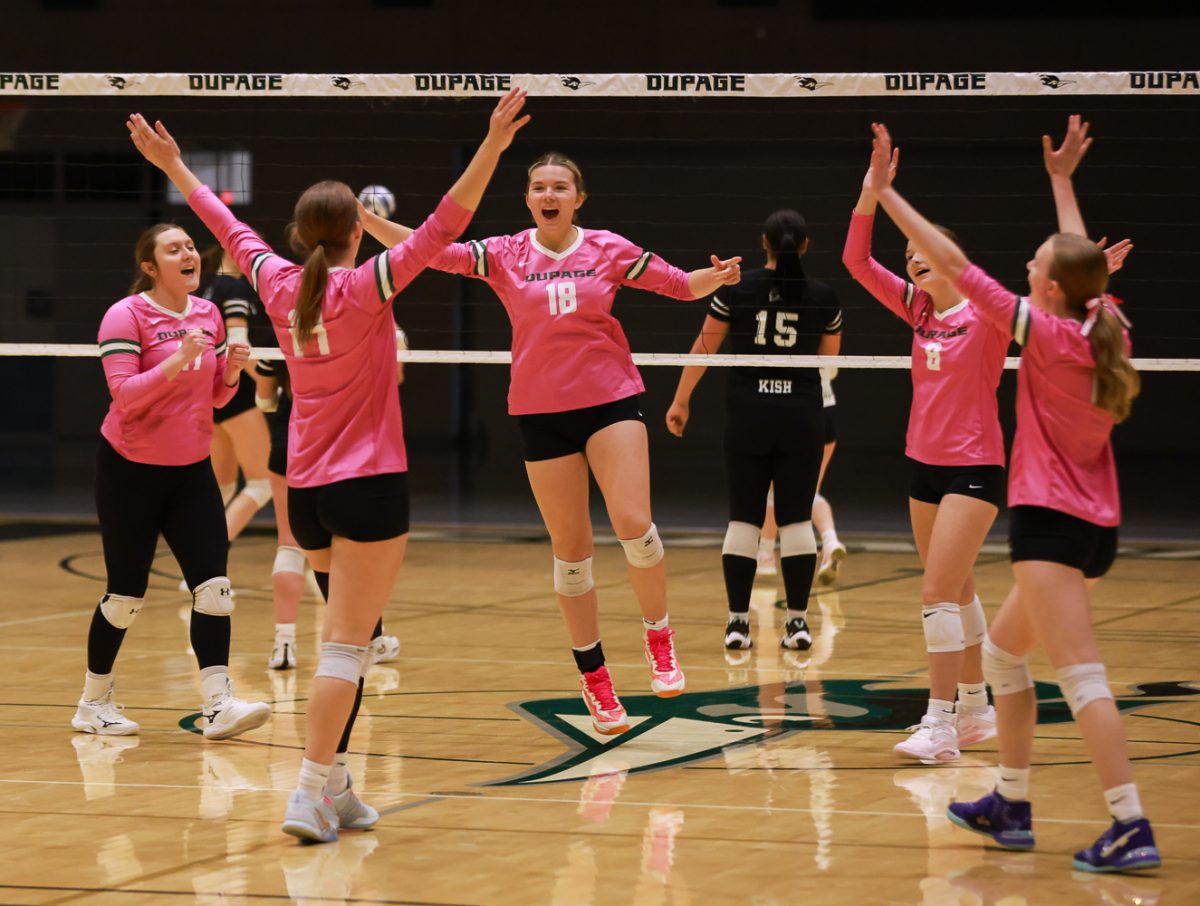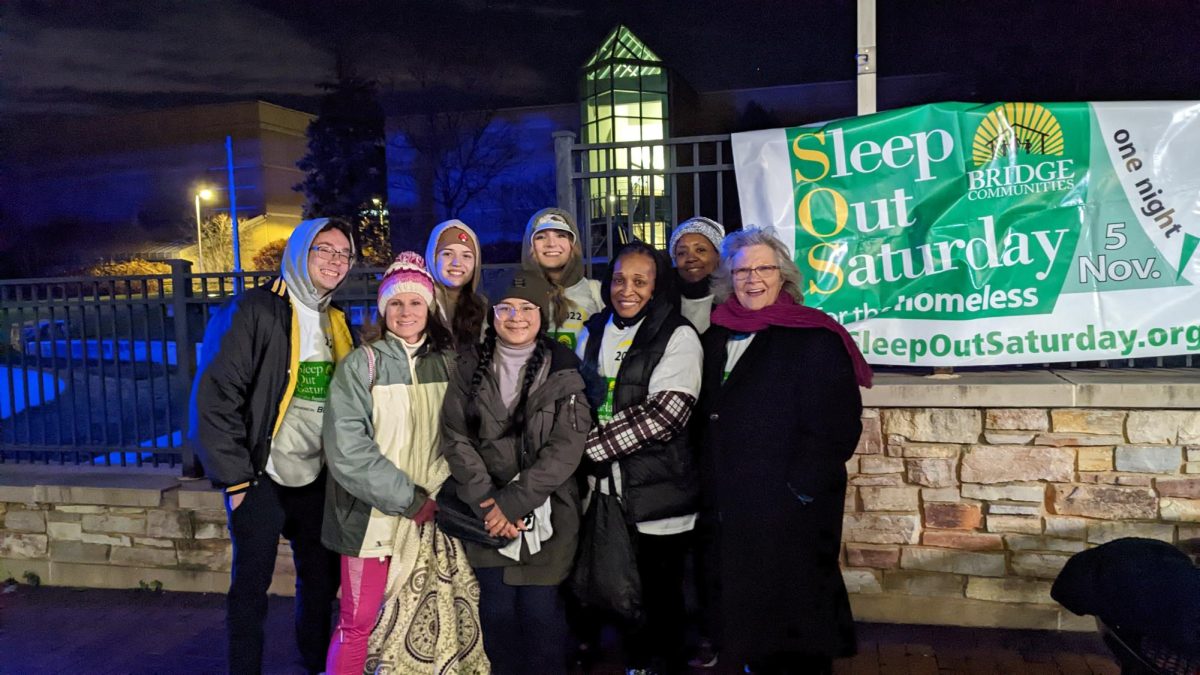Opinion: Educators must prepare for the dismantling of affirmative action
September 27, 2018
It is clear that schools must continue to offer equitable opportunities to all students, but the Trump administration is threatening to take legal action against universities that continue to practice affirmative action in admissions.
In July, the administration announced that it was ending the Obama-era approach to affirmative action in colleges and universities, despite research showing that campuses with diverse populations have more civic-minded student bodies and are more effective in educating students.
In light of the current discourse surrounding affirmative action, K-12 teachers and school counselors must be prepared to be upfront with students of color about some of the obstacles in their paths. Teachers and counselors should be transparent about the fact that students will likely encounter racism and sexism on many college campuses. Better still, they should be actively preparing students for these encounters. Here are five things that all educators should know:
1. Classroom and small-group discussions about racism offer an effective means for teachers to help students develop comfort with, and language to talk about, these tough topics. It is the responsibility of teachers to make students aware of all characteristics of schools — arts programs, athletics and study abroad programs are all important factors to consider when helping young people choose colleges, but race is another important element of this conversation. Teachers and counselors cannot be afraid to discuss it.
2. Counselors also help students of color combat institutional discrimination by widening the scope of universities they consider. Instead of limiting students’ options to a select few institutions, counselors need to offer their students information from a more diverse collection of potential colleges. It is essential that teachers and counselors talk to college admissions counselors and administrators about their campus climates in terms of welcoming diverse students. This means having honest discussions with university personnel about racism on campuses. In addition to assisting students in finding the right fit for college, this process sends a powerful message to universities about the need to address the racial climate on their campuses.
3. The links between K-12 and college educators need to be stronger to prepare students effectively for college and to find the right universities to facilitate their learning and social/emotional experiences. Most of all, we need leaders — presidents, provosts, college deans, faculty members and others committed to inclusionary practices and, above all, not afraid to talk about them.
4. We must reach out to all underserved groups. While debate has focused primarily on the admission of students of color, white women have benefited the most from affirmative action policies. A 2014 study suggests that although white women have been the prime beneficiaries of affirmative action, two out of every three oppose it. Yet for women going to school for business or the sciences, affirmative action might be their only real chance to receive equal consideration for admission to prestigious colleges and universities that historically have favored “legacy applicants” over minority candidates.
5. Students of color continue to face a number of challenges on college campuses. Through name-calling, exclusionary internal practices, and the compounded micro-aggressions of teachers and classmates, students of color continue to report feeling unsafe and unwelcome on college campuses.
“Our society is too diverse to discard all of the progress that has been made just because of one administration’s flawed policies. We do not want to go backward.”
This isn’t speculative. Yale University admitted in 2015 that it had “failed” its minority students after an impassioned student protest. That same year, students at the University of Missouri went on hunger strikes, and the school’s football team threatened to boycott a big game, as part of calling for the resignation of then-president Tim Wolfe when he refused to address issues of overt systemic racism at the university, including name-calling, public verbal attacks on students of color and Nazi graffiti on school walls. While it is important to discuss cases of institutional racism, the current debate around affirmative action can also compound the feelings that students of color may have about whether they are truly welcome in some higher-education environments.
The recent attacks on affirmative action are leading some to question whether we have made progress in diversifying higher education. I believe we have, but there’s still much more work to do. Our society is too diverse to discard all of the progress that has been made just because of one administration’s flawed policies. We do not want to go backward. The students who are ready for college right now will get there. What we need to focus on as educators is creating more inclusive college campuses for those students when they arrive. So, let’s challenge ourselves to create communities and college campuses that reflect the great diversity of our country. As educators, it is our sovereign responsibility to lead the charge.
This story about race and equity in higher education was produced by The Hechinger Report, a nonprofit, independent news organization focused on inequality and innovation in education.
Cheryl Holcomb-McCoy is the dean of the School of Education of American University.











